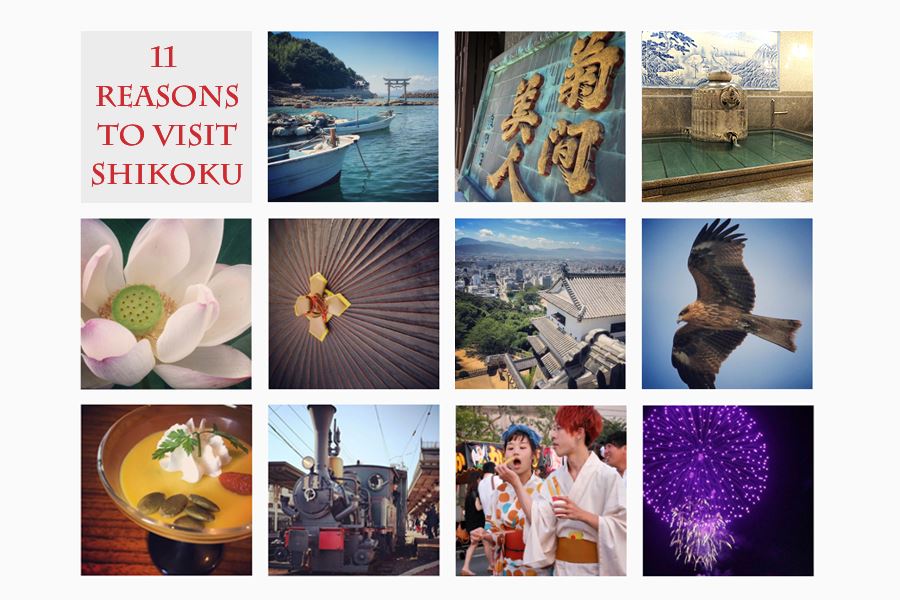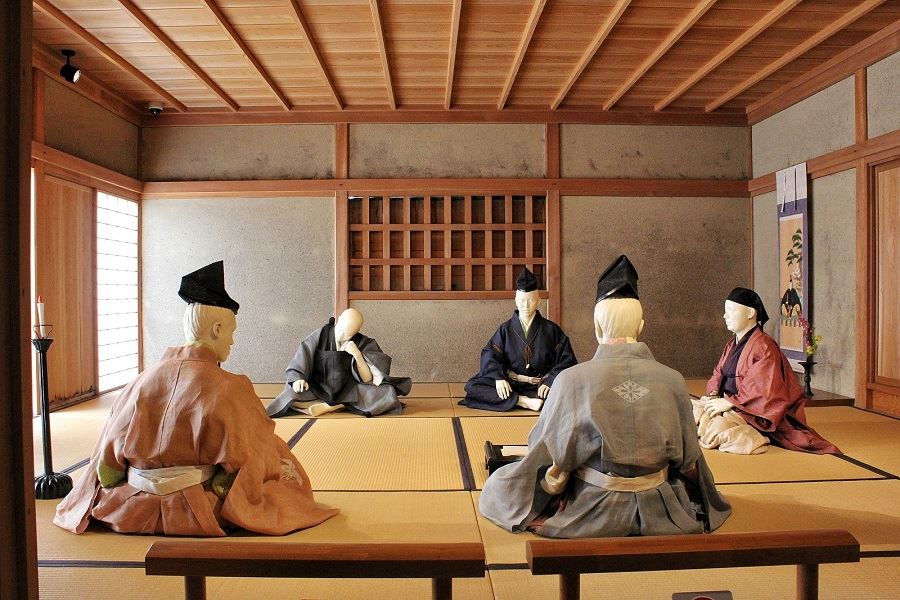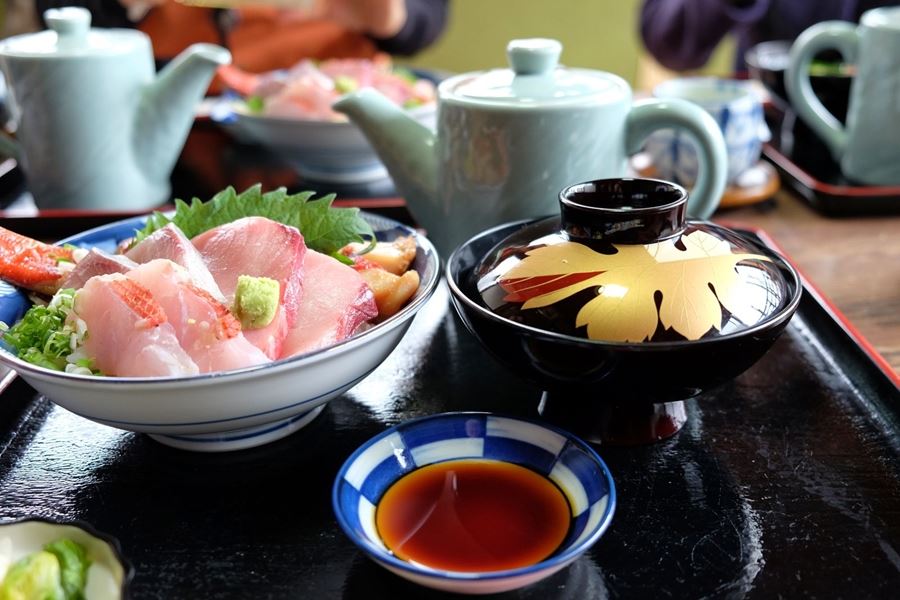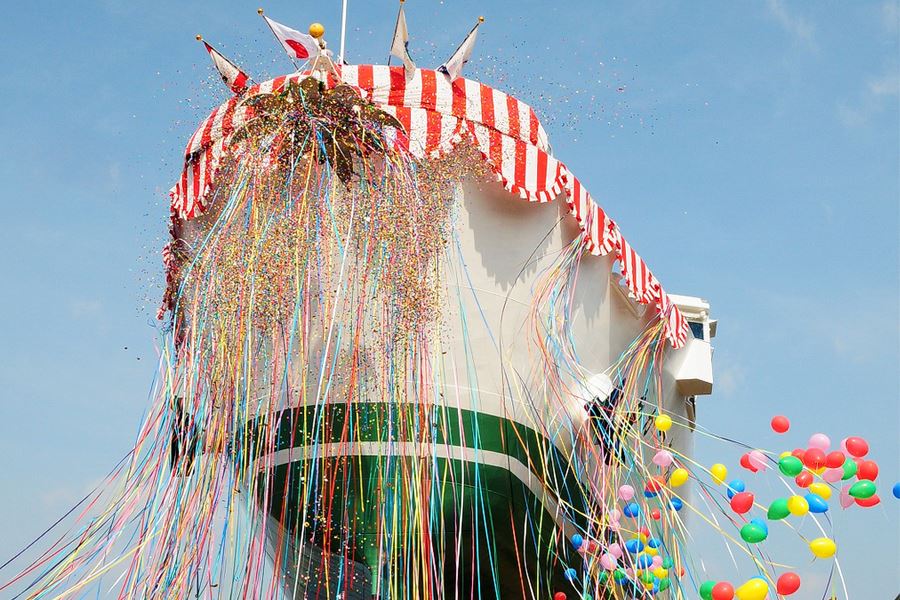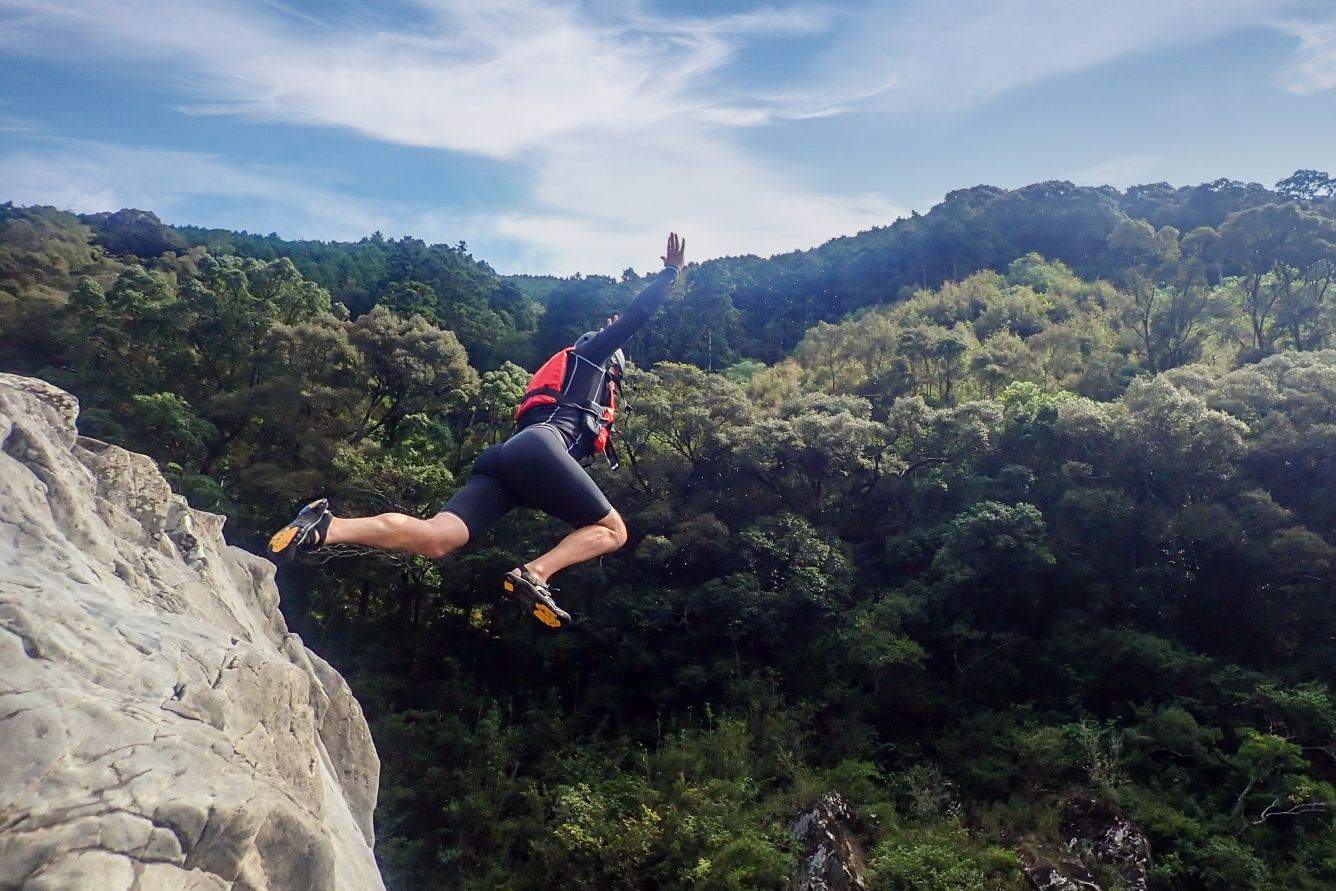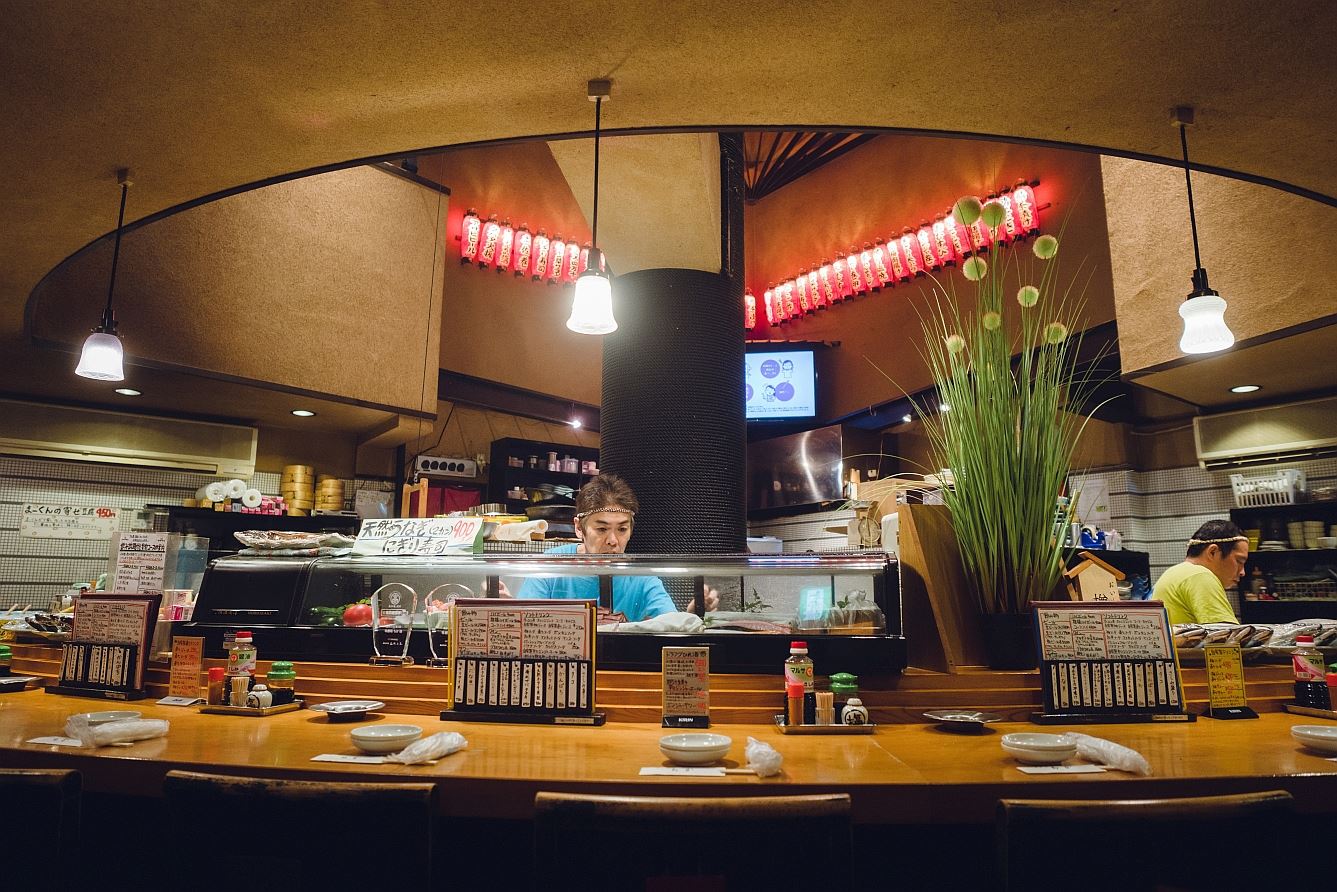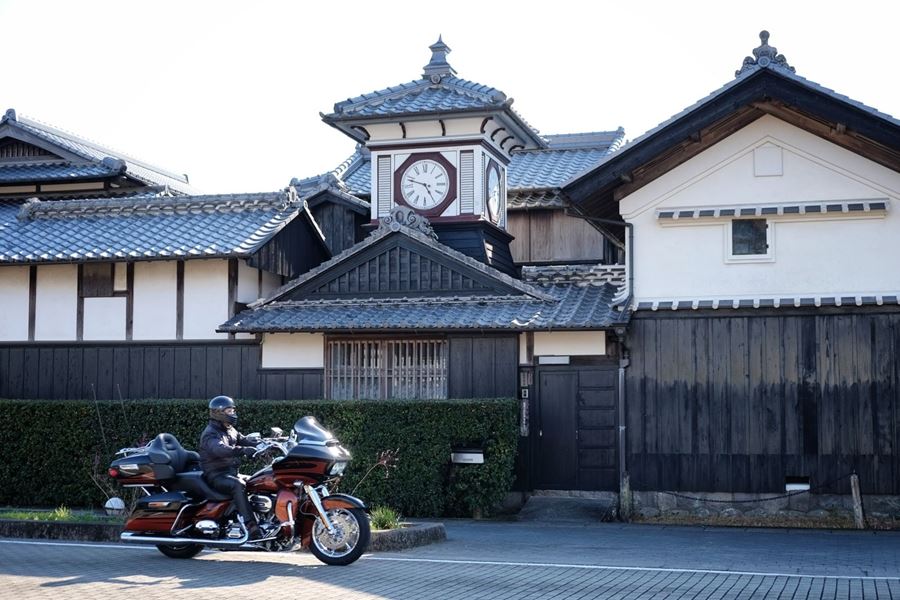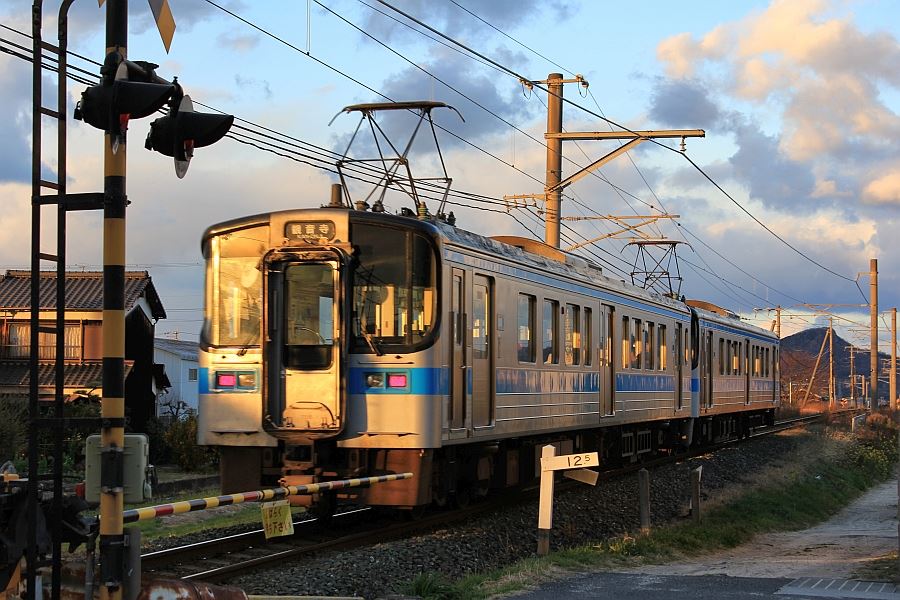Koban, Kōchi
Home » Koban, Kōchi
Koban, Kōchi
The Koban area of Kochi lies to the southwest of Kochi city. The storied Shimanto River rises in this area, heading south then west into the mountains before beginning its loop back towards the Pacific in the southwest of Kochi Prefecture. Koban is home to a couple of wonderful sake breweries and many excellent places to eat.
Kure
The small town of Kure (久礼) in Kōchi Prefecture is not to be mistaken for the city of Kure (呉) in Hiroshima Prefecture. This little fishing town seems to capture the essence of Kōchi – the built parts are very small in comparison to the scale of the scenery, the sea exerts a strong presence, and the people are very open and friendly.
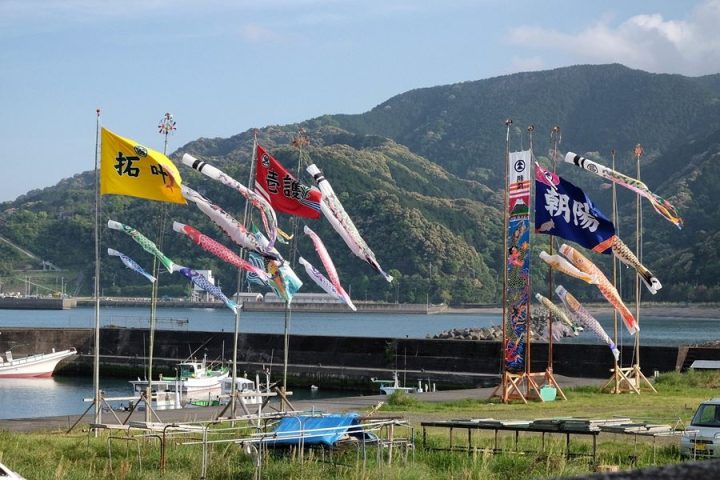
The heart of Kure is the intimate shopping street behind the port. Here you’ll find Taishomachi Market, a covered alleyway packed with stalls, shops and simple restaurants. Great care has gone into making the market jolly and lively, from the gaily painted carved signboard at the entrance, to the flags and fishing paraphernalia hung as decoration from its gabled roof. The fish stalls are fascinating. Trays packed with ice are arranged with fish of many colours and types, all separately weighed and marked with a price. You can even buy bonito hearts – nothing is wasted. The fishwives go about their business with a vivacious twinkle in their eyes. In addition to the fresh fish, there are many varieties preserved by smoking or drying. The delicious nori seaweed produced in Kōchi’s rivers is available in jars. You can take fish that you buy in the stalls and have it prepared for you to eat in one of the restaurants in the arcade.
Not far from the market is an old-school, country sake shop selling a fantastic variety of nihonshu and shochu, all carefully labelled with explanations. You’re sure to find something to your liking here.
The port of Kure lies at the mouth of a little river that flows into a bay. Here you can see fishing boats and other evidence of an active fishing industry. Since this type of bay is particularly vulnerable to tsunami from the Pacific, the town has a number of refuge towers where residents and visitors can flee after an earthquake. These towers provide welcome shelter to pilgrims walking the Shikoku Pilgrimage. In the spring, koinobori are much in evidence. These billowing painted carp streamers set on bamboo poles are displayed to honour male offspring. In a tradition apparently unique to Kōchi, the boys’ names are also emblazoned on flags and flown with the carp.
A large part of the centre of town is taken up by the wooded grounds of Kure Hachiman-gu, a rustic Shinto shrine. The stone monuments dotted around the precinct are covered in moss and plants reminiscent of scenes from a Miyazaki animation. The most remarkable feature of the shrine is a large rock with a hole in it. It’s said that crawling through the hole mitigates the misfortune that comes at certain fixed ages of life. If you want to avoid the misfortune of having your mobile phone, camera, and other valuables broken, it’s wise to remove them from your pockets before worming your way through the hole.
Kuroshio Honjin
On the hills at the southern side of Kure Bay stands a rather grand hotel, named Kuroshio Honjin. The building is stylish both inside and out. It has an excellent restaurant and an outdoor onsen bath – a rotenburo – overlooking the bay. At a facility called the Kuroshio Kobo in the hotel grounds, you can try your hand at searing bonito over burning rice straw to make the renowned Kōchi delicacy katsuo no tataki.
Junpei Brewery
One of the eighteen sake breweries of Kōchi is located in the town of Kure. Nishioka Shuzo, maker of the Junpei brand, has an attractive shop attached to the brewery, where you can see exhibits of antique sake brewing equipment and buy attractive sake paraphernalia. Local sake is always brewed to match the local food and Junpei features the manga ‘Tosa no Ipponzuri’ on its bottles, in its exhibits, and even on the door of its warehouse. The manga depicts the life of the fishermen of Kōchi who pursue bonito in the Pacific Ocean with just a single fishing rod. It’s no coincidence that Junpei is the perfect accompaniment to katsuo no tataki.
Mutemuka Brewery
Heading east and inland into the mountains along the Shimanto River, you come to the brewery called Mutemuka in the little town of Taisho. This is one of Japan’s more unusual breweries. Instead of using one of the strains of rice developed specifically for brewing sake, Mutemuka uses the locally grown table rice, but with a twist. The brewery is determined to protect the local environment, especially the water which is essential for making sake, and so no chemical pesticides or fertilizer are used to grow the rice. Instead, the farmers contracted to produce the rice use a mulch made of natural washi paper, dyed black with a natural pigment. This protects the rice, ultimately fertilizing the soil when it decays. Unlike most breweries which devote considerable resources to producing the premium ginjo style of refined sake known for its delicate flavour, Mutemuka produces junmai types exclusively. Junmai tends to be more robust than ginjo, but Mutemuka bottles most of its product unfiltered and unpasteurized, which results in rustic sake of unforgettable character. This sake is brewed to match the produce of the mountains of Kōchi rather than the sea.
For Mutemuka, sake is something of a side product. The majority of its produce is shochū made using chestnuts as the starch. The chestnuts are pureed in a machine designed for mincing fish, fermented, and then distilled to produce a spirit that retains the sweet and enticing aroma of chestnuts.
Mutemuka is quietly proud of its sake and shochū and the brewery welcomes visitors. The staff are studying English and are happy to show you around the brewery. In the brewery shop, you’re free to taste all of their products. Another thing that sets this brewery apart are the glass cases of plastic manga and anime figurines from the nearby Kaiyodo Hobby Museum.

Michi no Eki Shimanto Towa
Michi no Eki or Road Stations are government-designated rest areas found along roads and highways in Japan. Besides providing places for travelers to rest, they’re also intended to promote local tourism and trade. They have shops selling local produce, snacks, souvenirs, and other goods, and restaurants that feature the good things of the locale. The Michi no Eki Shimanto Towa road station overlooks a dramatic bend in the Shimanto River where the mountains, forested in cypress and bamboo, plunge steeply down to the boulder-strewn river. The restaurant here is very good, and if you’re fortunate enough to visit on a Wednesday, you’re in for a special treat. On Wednesdays there’s a buffet lunch with a fantastic range of offerings. Many of them are based on the seasonal mountain vegetables found in this area – shiitake mushrooms, bamboo shoots, ferns and so on, all of them cooked and seasoned to suit every palate.
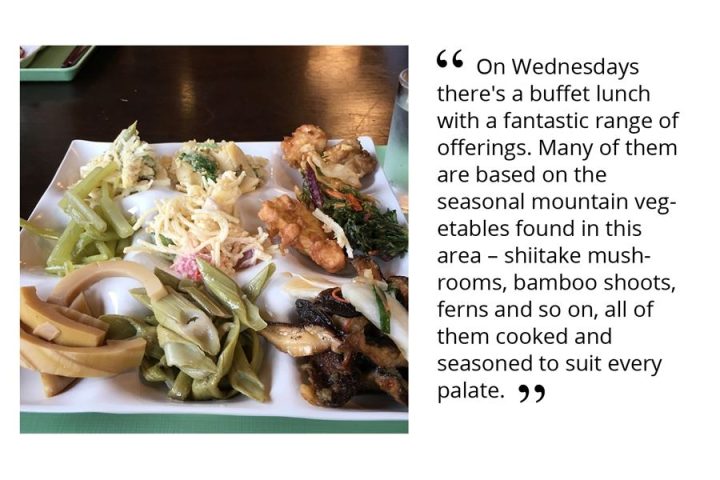
Here too you can find some interesting figurines from the Kaiyodo Hobby Museum. The large Sailor Moon figure is especially alluring. She strikes an interesting contrast with the natural scenery all around the road station.

To plan a tour of the area, use our handy enquiry form.
Related Tours

Experience the most beautiful and interesting temples of the Shikoku Pilgrimage in seven days.

A tour for families or friends, staying in the most characterful kominka and ryokan of Shikoku.

Visit the most beautiful and interesting temples of the Shikoku Pilgrimage and walk the toughest trails.

